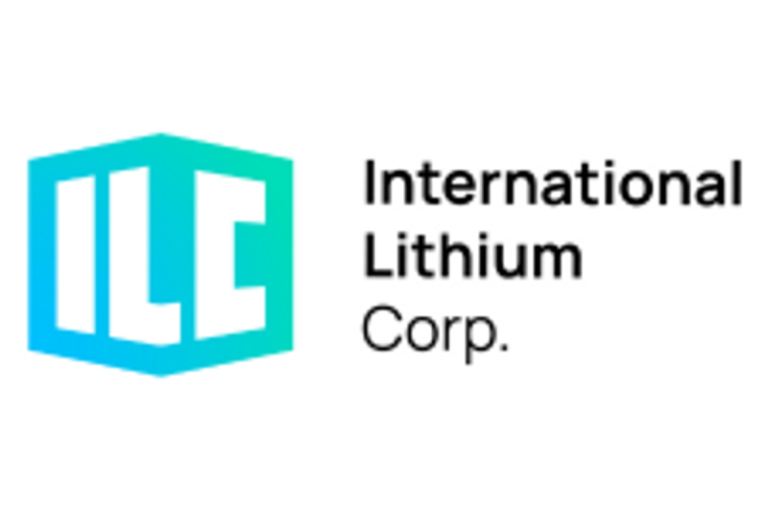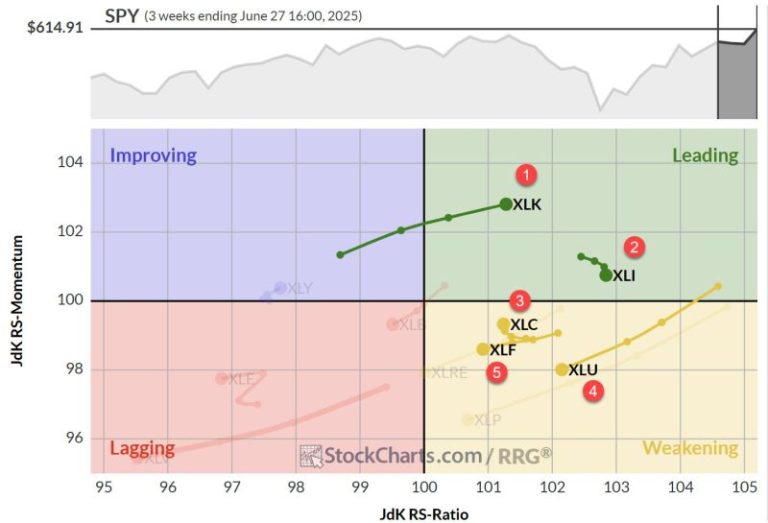Asset Portfolio Overview
International Lithium Corp. (TSXV: ILC) (OTCQB: ILHMF) (FSE: IAH) (the ‘Company’ or ‘ILC’) is pleased to announce that it has completed the sale of all its interest in the Avalonia Project in Ireland and in Blackstairs Lithium Ltd, the company that owns that project.
As announced on September 17, 2024, the Company’s interest in the Avalonia Project was sold then to GFL International Co., Limited (‘GFL’), a subsidiary of Ganfeng Lithium Group Co., Ltd. (‘Ganfeng’), for a consideration of CAD$ 2.2 million plus a 2% Net Smelter Royalty. The Company reports that it has now sold its shareholding in Blackstairs Lithium to GFL for an additional CAD$ 0.3 million. The final CAD$ 1.0 million of the consideration for the CAD$ 2.2 million Avalonia Project is payable by GFL in October 2025.
John Wisbey, Chairman and CEO of ILC, commented:
‘We are pleased to have completed the sale of our interest in the Avalonia Project to GFL who was our partner in Ireland. This divestment allows us to focus on our wholly owned or majority-owned projects in Canada and on progressing identified opportunities in Southern Africa. We have a strong 11-year relationship with Ganfeng, and we will welcome working with Ganfeng again on future projects when there is a mutual interest in doing so.’
About International Lithium Corp.
International Lithium Corp. has exploration activities in Ontario, Canada, with intentions to expand into Southern Africa. It has projects at various stages, ranging from Preliminary Economic Assessment at Raleigh Lake to Pre-Drilling at Wolf Ridge. The primary target metals in Canada are lithium, rubidium and copper. There are three projects (two in Ontario and now one in Ireland) in which ILC has sold its share but where we stand to receive future payments from either a resource milestone being achieved or from a Net Smelter Royalty.
While the world’s politicians are currently divided on the future of the energy market’s historic dependence on oil and gas and on ‘Net Zero’, there seems to be a clear and unstoppable momentum towards electric vehicles, solar power and electric battery storage, all of which contribute to rising demand for lithium. Rubidium is increasingly seen as a valuable critical metal that is strategic for high-precision clocks and for space technology. Copper has many historical uses, but demand is projected to be sharply higher as more data centres are required for AI. We have seen the clear and increasingly urgent wish by the USA, Canada, and other major economies to safeguard their supplies of critical metals and to become more self-sufficient. Our Canadian projects, which contain lithium, rubidium and copper, are strategic in that respect.
Our key mission for the next decade is to generate revenue for our shareholders from lithium and other battery metals, as well as rare metals, while also contributing to the creation of a greener, cleaner planet and less polluted cities.
This includes optimizing the value of our existing projects in Canada as well as finding, exploring and developing projects that have the potential to become world-class deposits. We have separately announced that we regard Southern Africa as a key strategic target market for ILC and that we have applied for and hope to receive EPOs in Zimbabwe. We hope to make further announcements on the portfolio developments over the next few weeks and months.
The Company’s interests in various projects now consist of the following, and in addition, the Company continues to seek other opportunities:
| Name | Metal | Location | Stage | Area in Hectares |
Current Ownership Percentage |
Future Ownership % if options exercised and/or residual interest | Operator or JV Partner |
| Raleigh Lake |
Lithium Rubidium |
Ontario | Dec 2023: PEA for Li completed Apr 2023 Maiden Resource Estimates for Li and Rb |
32,900 | 100% | 100% | ILC |
| Firesteel | Copper Cobalt |
Ontario | Aeromagnetics and Drilling started mid 2024 |
6,600 | 90% | 90% | ILC |
| Wolf Ridge |
Lithium | Ontario | Pre-Drilling | 5,700 | 0% | 100% | ILC |
| Mavis Lake |
Lithium | Ontario | May 2023 Maiden Resource Estimate |
2,600 | 0% | 0% (carries an extra earn-in payment of AUD$ 0.75 million if resource targets met) |
Critical Resources Ltd (ASX: CRR) |
| Avalonia | Lithium | Ireland | Drilling | 29,200 | 0% | 0% 2.0% Net Smelter Royalty |
GFL Intl Co Ltd (owned by Ganfeng Lithium Group Co.Ltd) |
| Forgan/ Lucky Lakes |
Lithium | Ontario | Drilling | 0% | 0% 1.5% Net Smelter Royalty |
Power Minerals Ltd (ASX: PNN) |
The Company’s primary strategic focus at this point is on the Raleigh Lake Project, comprising lithium and rubidium, and the Firesteel copper project in Canada, as well as obtaining EPOs and mineral claims in Zimbabwe.
The Raleigh Lake Project now encompasses 32,900 hectares (329 square kilometres) of mineral claims in Ontario and represents ILC’s most significant project in Canada. To date, drilling has occurred on less than 1,000 hectares of our claims. A Preliminary Economic Assessment was published for ILC’s lithium at Raleigh Lake in December 2023, with a detailed economic analysis of ILC’s separate rubidium resource still pending. Raleigh Lake is 100% owned by ILC, free from any encumbrances and royalties. The Raleigh Lake Project boasts excellent access to roads, rail, and utilities.
A continuing goal has been to remain a well-funded company to turn our aspirations into reality. Following the disposal of the Mariana project in Argentina in 2021, the Mavis Lake project in Canada in 2022, and now the Avalonia project, ILC continues to achieve sufficient inward cash flow to be able to make progress with its exploration projects.
With the increasing demand for high-tech rechargeable batteries used in electric vehicles, electrical storage, and portable electronics, lithium has been designated ‘the new oil’ and is a key part of a green energy, sustainable economy. By positioning itself with projects that have significant resource potential and solid strategic partners, ILC aims to be one of the preferred lithium and rare metals resource developers for investors and to continue building value for its shareholders for the rest of the 2020s, the decade of battery metals.
On behalf of the Company,
John Wisbey
Chairman and CEO
www.internationallithium.ca
For further information concerning this news release, please contact +1 604-449-6520 or info@internationallithium.ca or ILC@yellowjerseypr.com.
Neither TSX Venture Exchange nor its Regulation Services Provider (as that term is defined in the policies of the TSX Venture Exchange) accepts responsibility for the adequacy or accuracy of this release.
Cautionary Statement Regarding Forward-Looking Information
Except for statements of historical fact, this news release or other releases contain certain ‘forward-looking information’ within the meaning of applicable securities law. Forward-looking information or forward-looking statements in this or other news releases may include: the timing of completion of any offering and the amount to be raised, the time when the Company will receive the remaining consideration payable by Ganfeng for the Avalonia Project, the effect of results of anticipated production rates, the timing and/or anticipated results of drilling on the Raleigh Lake or Firesteel or Wolf Ridge projects, the expectation of resource estimates, preliminary economic assessments, feasibility studies, lithium or rubidium or copper recoveries, modeling of capital and operating costs, results of studies utilizing various technologies at the company’s projects, the Company’s budgeted expenditures, future plans for expansion in Southern Africa and planned exploration work on its projects, increased value of shareholder investments in the Company, the potential from the company’s third party earn-out or royalty arrangements, the future demand for lithium, rubidium and copper, and assumptions about ethical behaviour by our joint venture partners or third party operators of projects or royalty partners. Such forward-looking information is based on assumptions and subject to a variety of risks and uncertainties, including but not limited to those discussed in the sections entitled ‘Risks’ and ‘Forward-Looking Statements’ in the interim and annual Management’s Discussion and Analysis which are available at www.sedar.com. While management believes that the assumptions made are reasonable, there can be no assurance that forward-looking statements will prove to be accurate. Should one or more of the risks, uncertainties or other factors materialize, or should underlying assumptions prove incorrect, actual results may vary materially from those described in forward-looking information. Forward-looking information herein, and all subsequent written and oral forward-looking information are based on expectations, estimates and opinions of management on the dates they are made that, while considered reasonable by the Company as of the time of such statements, are subject to significant business, economic, legislative, and competitive uncertainties and contingencies. These estimates and assumptions may prove to be incorrect and are expressly qualified in their entirety by this cautionary statement. Except as required by law, the Company assumes no obligation to update forward-looking information should circumstances or management’s estimates or opinions change.
To view the source version of this press release, please visit https://www.newsfilecorp.com/release/257488
News Provided by Newsfile via QuoteMedia










